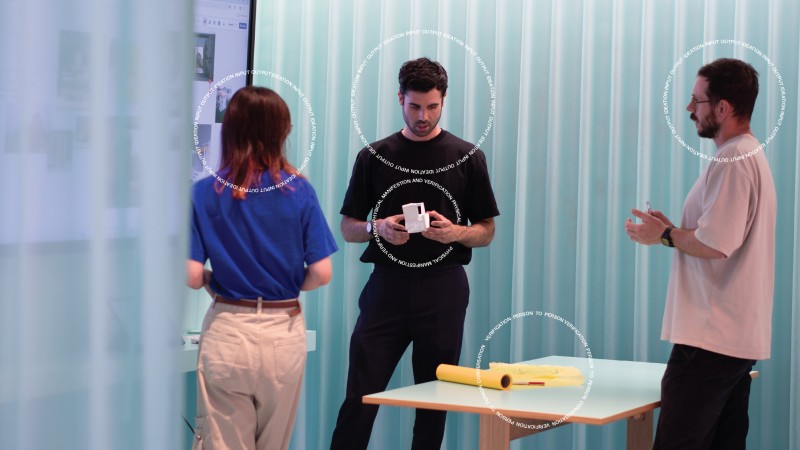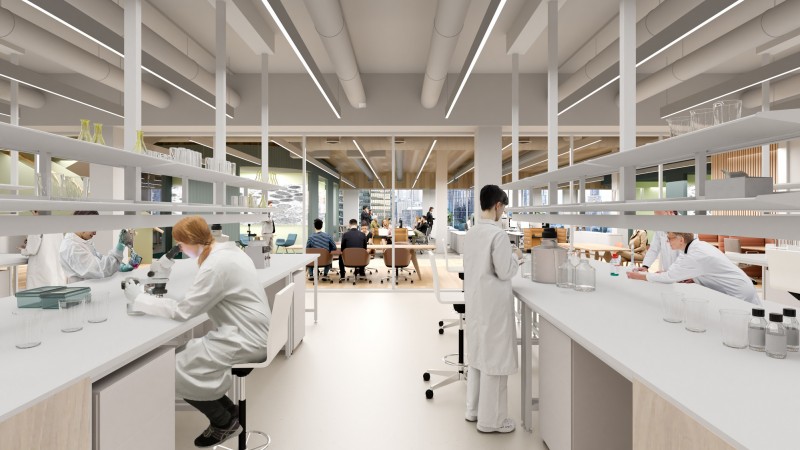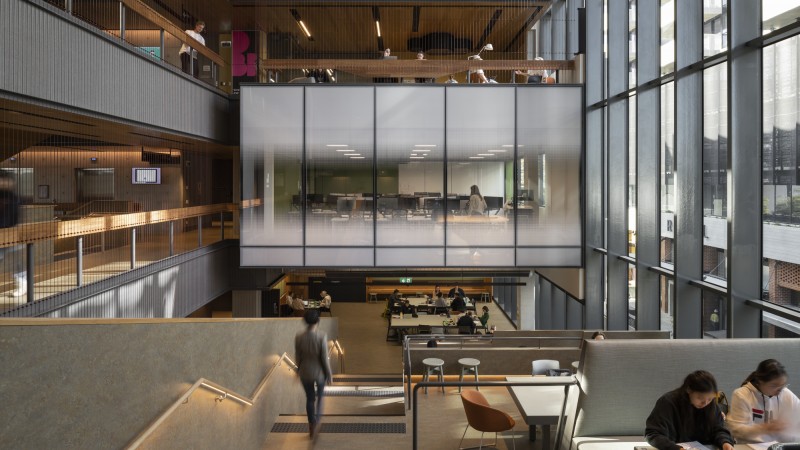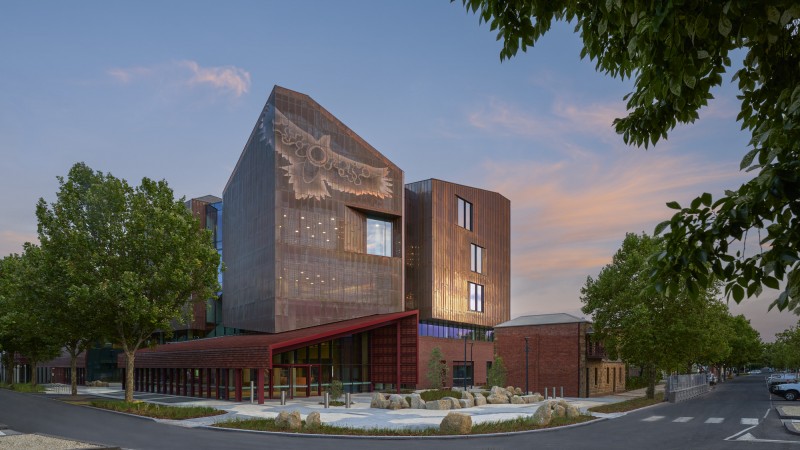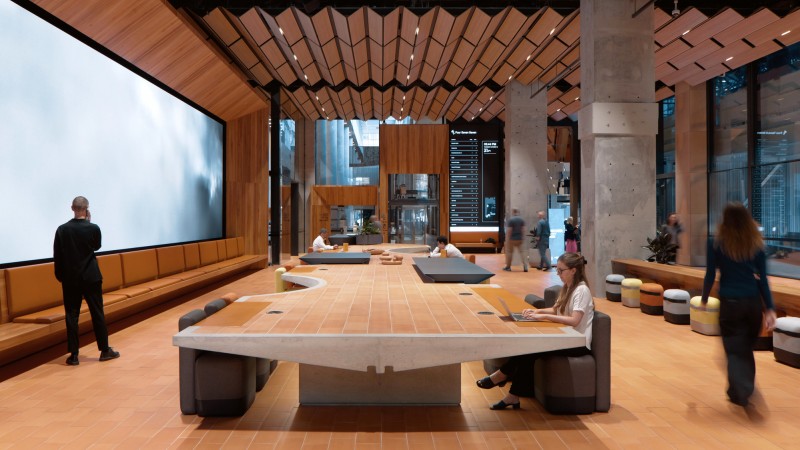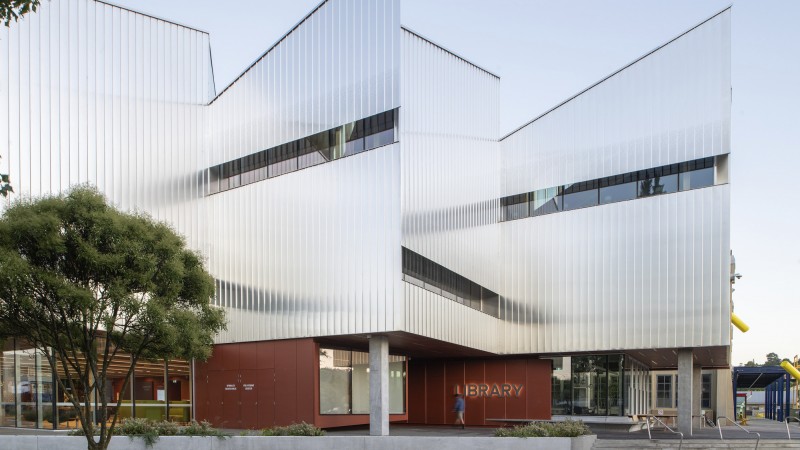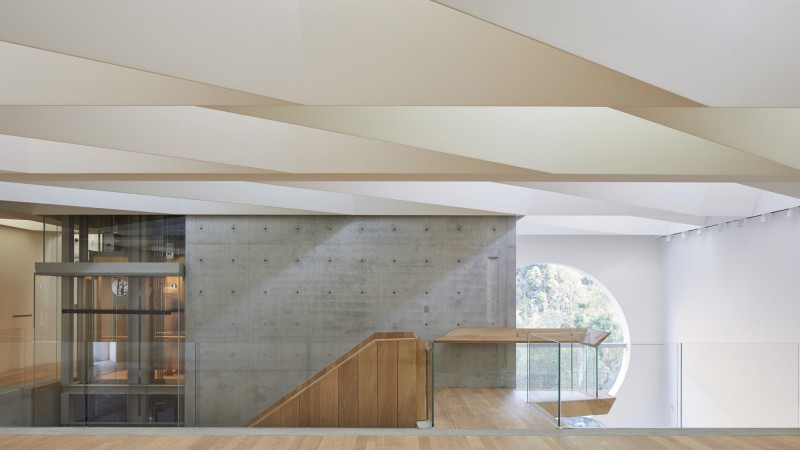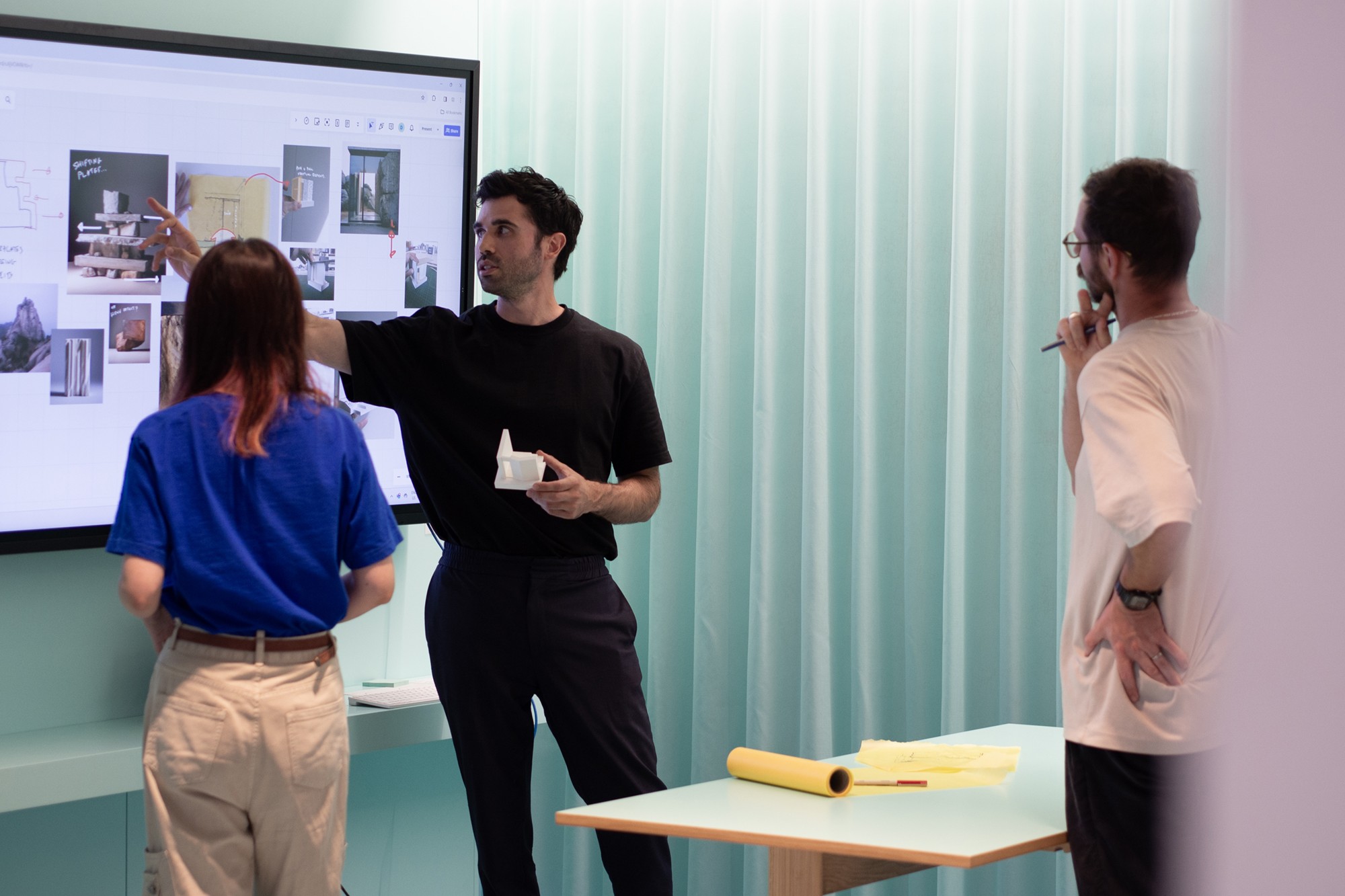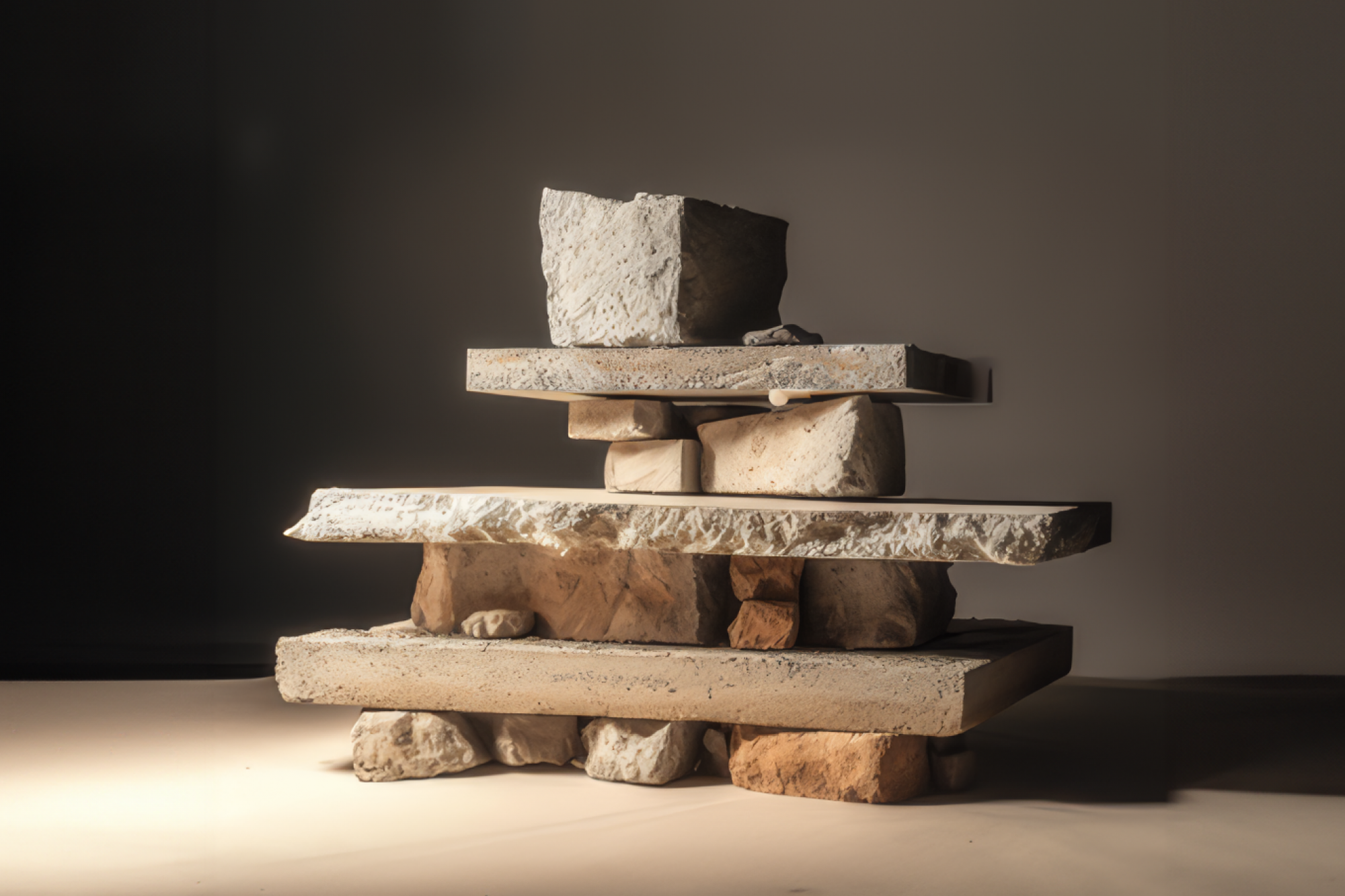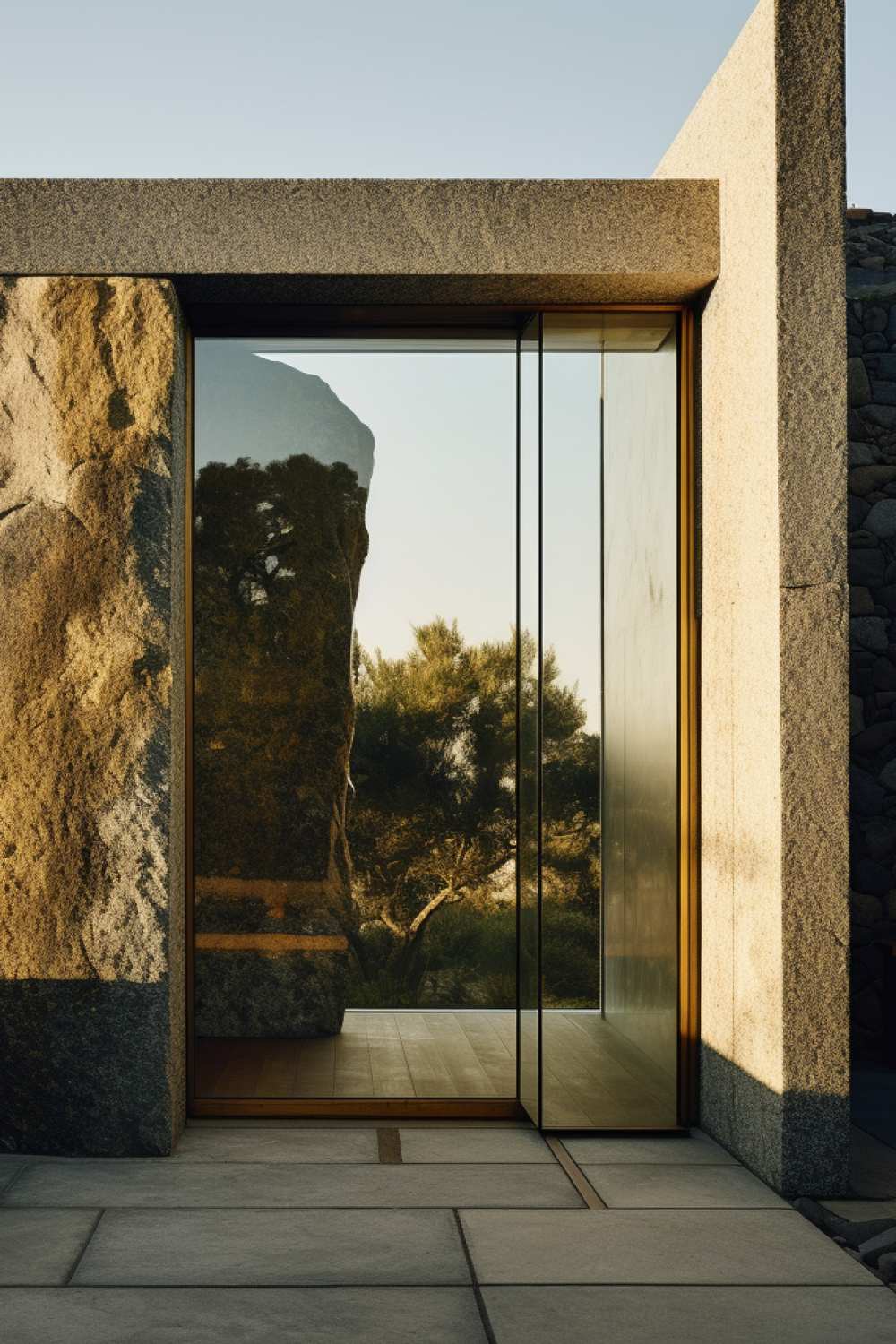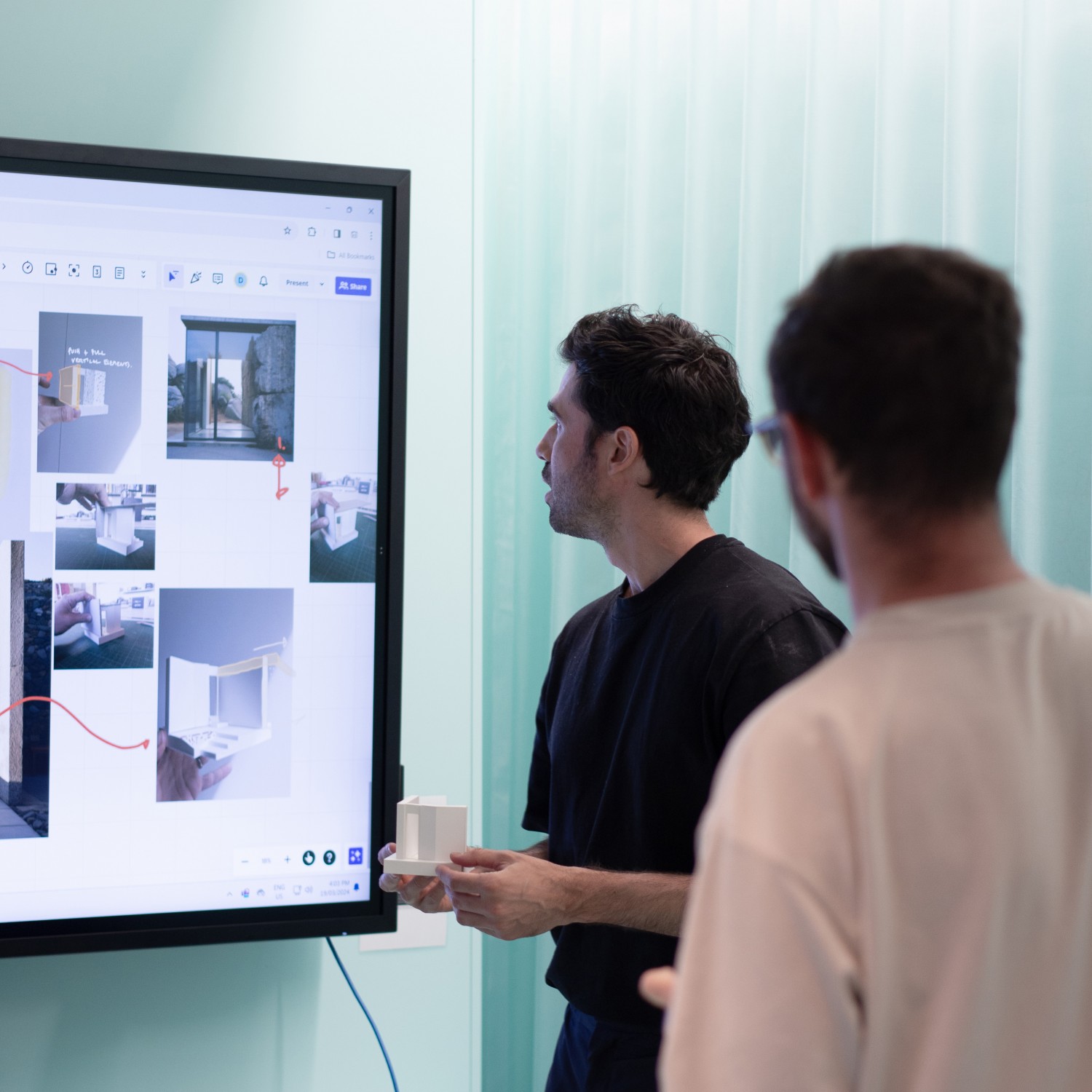How is GAI different to other forms of concept-generation practices?
We see GAI as a tool to be used in support of conceptual development and not as a comparative method. We find it is most effective when we have a clear direction and can provide specific prompting to produce images that complement our conceptual narrative or a particular design decision. Using AI image generation to produce focused and curated images in lieu of searching for relevant precedent imagery is a much faster and more targeted method in support of an idea. The value of these images lies in their capacity to be evocative and compelling in unexpected ways, but their purpose and intent is almost always predetermined by the traditional practice methodology for conceptual development.
What are the unexpected qualities or characteristics that have arisen in this process?
Utilising sketches, diagrams, renders or other graphic content as visual prompts often produces counterintuitive outcomes that, through their realism, become convincing alternative approaches to a particular design task and present new avenues for exploration and experimentation. This process goes beyond the passive engagement of inputting key words into a black-box AI model and assessing the outcomes – instead, fostering an almost collaborative relationship where the back-and-forth exchange of drawings and images produces outcomes that often defy initial expectations. A balance between the designer’s intuition and the AI’s ability to process and reinterpret visual cues results in a blend of human creativity and machine intelligence.
